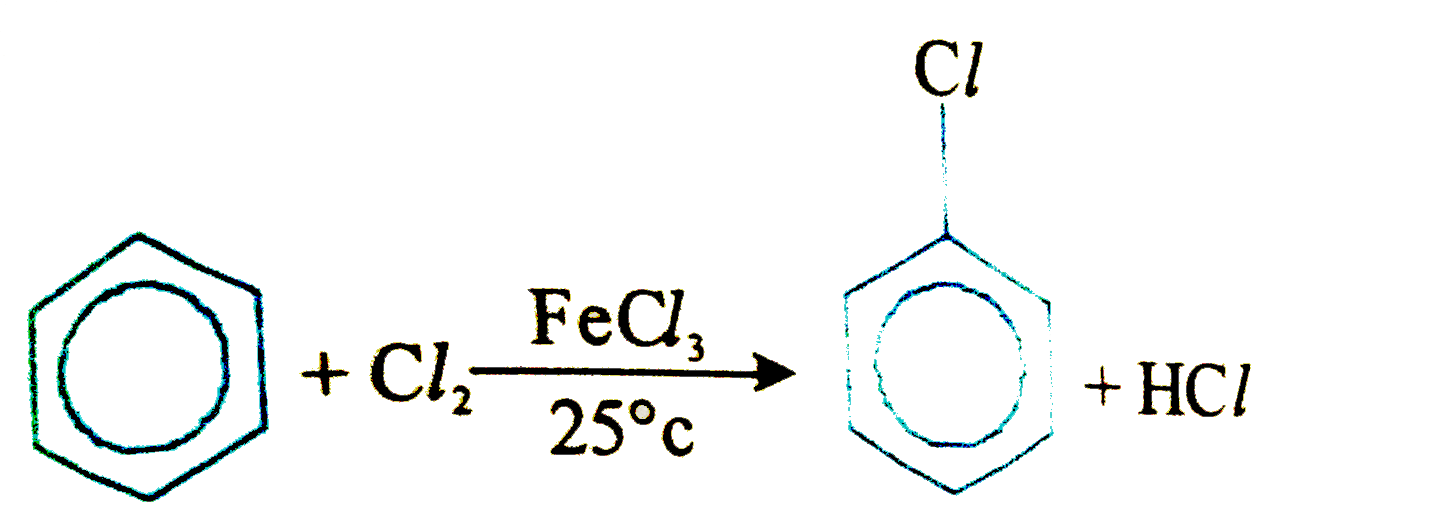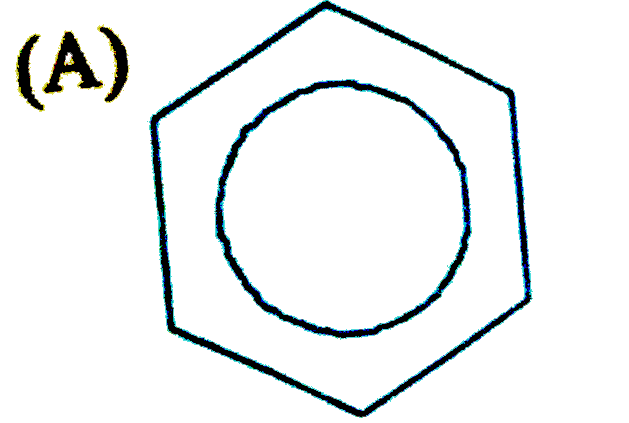The relation between the rate of a simple reaction and the concentration 'c' of the reacting species is given as
(n = order of reaction)
The correct Answer is:D
To solve the question regarding the relationship between the rate of a simple reaction and the concentration 'c' of the reacting species, we can follow these steps:
1. Understanding Reaction Rate: The rate of a chemical reaction is generally defined as the change in concentration of a reactant or product per unit time. For a simple reaction, we can denote it as:
Rate=−d(A)dt
where (A) is the concentration of the reactant A.
2. Proportionality to Concentration: The rate of a reaction can be expressed in terms of the concentration of the reactants. The general form is:
Rate∝(A)n
where n is the order of the reaction with respect to reactant A.
3. Removing Proportionality: To convert the proportionality into an equation, we introduce a rate constant k:
Rate=k(A)n
4. Identifying the Order of Reaction: The exponent n in the equation indicates the order of the reaction. It can be determined experimentally and is not necessarily equal to the stoichiometric coefficients in the balanced equation.
5. Analyzing Given Options: The question provides several options regarding the relationship between rate and concentration:
- Rate is directly proportional to concentration c
- Rate is directly proportional to 1c
- Rate is directly proportional to 1cn
- Rate is directly proportional to cn
Based on our understanding, the correct relationship is that the rate is directly proportional to the concentration of the reactant raised to the power of its order, which is cn.
6. Conclusion: Therefore, the correct answer is:
Rate∝cn
This corresponds to option D.
Rate=−d(A)dt
where (A) is the concentration of the reactant A.
Rate∝(A)n
where n is the order of the reaction with respect to reactant A.
Rate=k(A)n
- Rate is directly proportional to concentration c
- Rate is directly proportional to 1c
- Rate is directly proportional to 1cn
- Rate is directly proportional to cn
Rate∝cn
This corresponds to option D.
Topper's Solved these Questions
- CHEMICAL KINETICS Book:NARAYNAChapter:CHEMICAL KINETICS Exercise:EXERCISE -1 (C.W) (RATE OF REACTION & FACTORS)
Explore 14 Videos
- CHEMICAL KINETICS Book:NARAYNAChapter:CHEMICAL KINETICS Exercise:EXERCISE -1 (C.W) (ORDER OF REACTION)
Explore 14 Videos
- CHEMICAL KINETICS Book:NARAYNAChapter:CHEMICAL KINETICS Exercise:CHECK YOUR GRASP
Explore 14 Videos
- CARBOXYLIC ACIDBook:NARAYNAChapter:CARBOXYLIC ACIDExercise:All Questions
Explore 288 Videos
- CHEMISTRY IN EVERYDAY LIFEBook:NARAYNAChapter:CHEMISTRY IN EVERYDAY LIFEExercise:ASSERTION & REASON TYPE QUESTIONS
Explore 10 Videos
Similar Questions
Knowledge Check

The rate of the reaction depends on the concentration ofA BCl2CFeCl3D
BCl2CFeCl3D
The rate of reaction depends on the concentration of the reacting species, i.e., reactants in rate equations or rate law, consider the gaseous reactions:
aAbB→Products
The rate laws is r=k[AP][Y]y
Here (x+y) is the order with respect to that reactant will be taken as zero.
In the reaction A+B→Products, if the concentration of B is kept fixed and the concentration of A is increased 3 times, the reaction rate increases 27 times. If the concentration of both A and B are doubled, then the increases 8 times. The order w.r.t. A is:A3B2C1DzeroFor the reaction between A and B, the relationship between the concentration of A and B and rate is given by

the reaction isAfirst order with respect to ABsecond order with respect to ACfirst order with respect to BDthird order overall
The mathematical expression which describes the reaction rate in terms of molar concentrations of the reactants as determined experimentally is called rate law. The sum of the coefficients of the reacting species that are involved in the rate equation of a particular reaction is known as the order of the reaction, The reactions may be classified as first, second and third order reactions depending upon the number of of reacting species involved in the rate equation. It can be fractional in complex reations and even zero in certain reactions such as photochemicla reactions. The units of the rate constant(k) can help ini predicting the nature of a particular reaction.
The concentration of a reactant in a solution falls from 0.2 M to 0.1 M in 2 hours and to 0.05 M in horus. The order of the reaction is:
View SolutionThe relation between rate constant and temperature of a reaction was given by
View SolutionAssertion (A): For a first order reaction, half-life period is independent of initial concentration of the reacting species.
Reason (R): The half-life of a reaction is the time in which the reactant concentration is reduced to one half of its initial concentration.
View SolutionThe rate of reaction between A and B increases by a factor of 100 when the concentration with respect to A is increased 10 folds, the order of reaction with respect to A is
View SolutionThe rate of reaction between two A and B decreases by factor 4 if the concentration of reactant B is doubled. The order of this reaction with respect to B is
View Solution